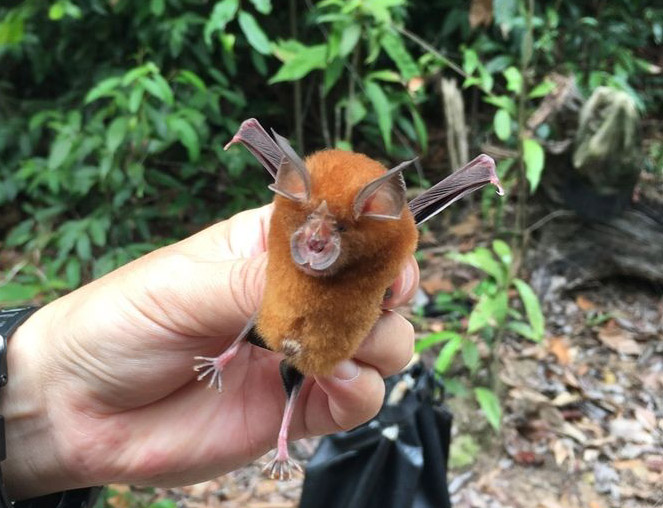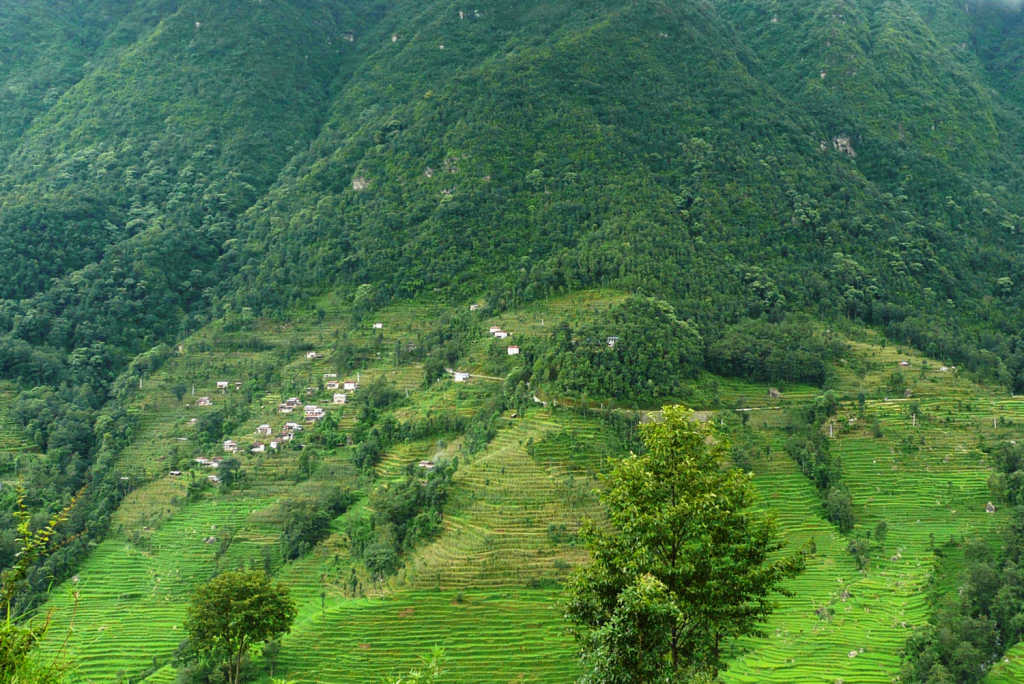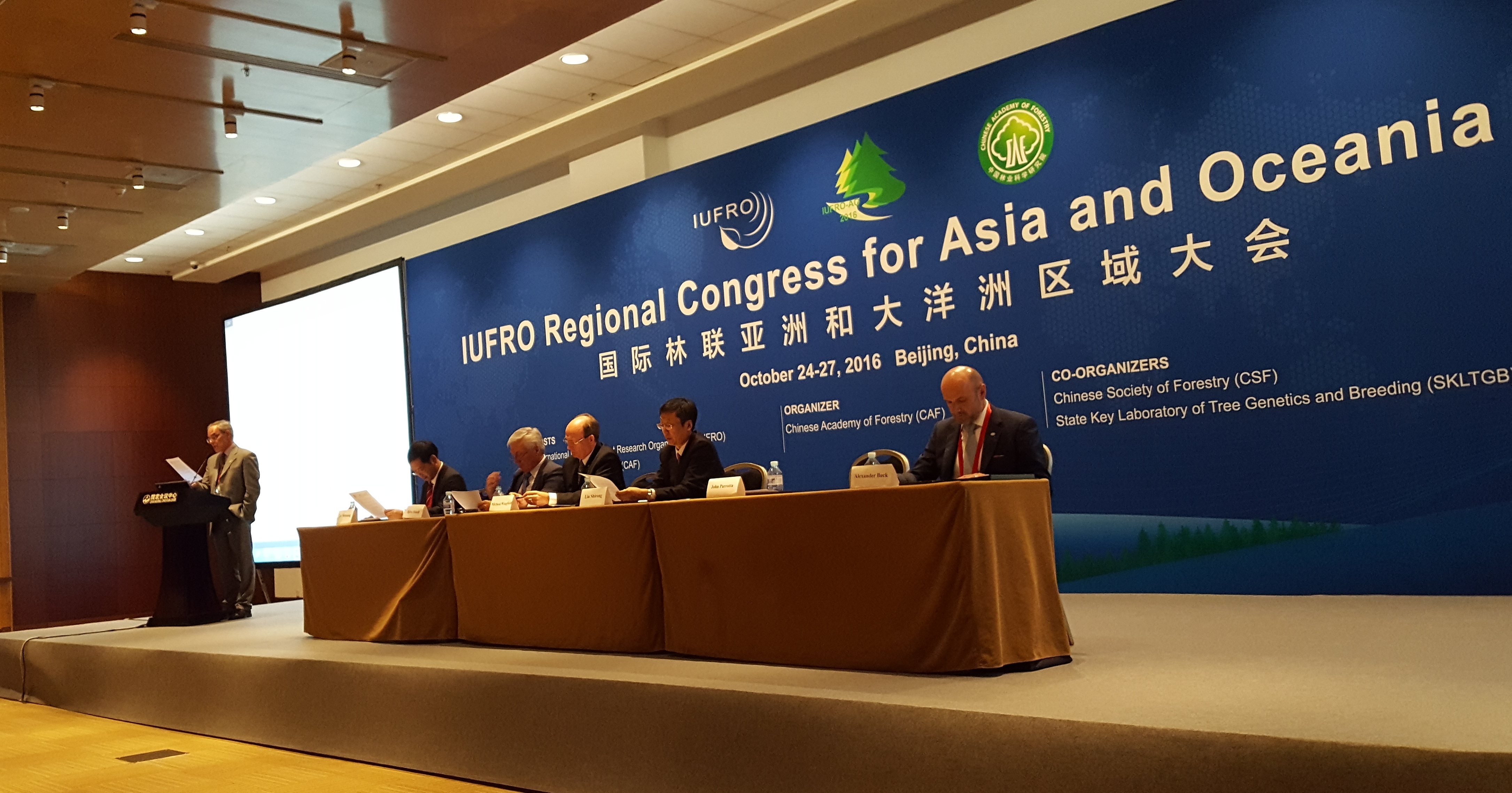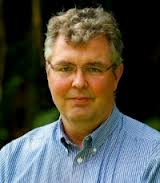World Forests, Society and Environment
World Forests, Society and Environment
Interview with Dr. Pia Katila, Coordinator of IUFRO’s Special Project on World Forests, Society and Environment (IUFRO-WFSE)

Dr. Katila is an expert in international forest policy, governance, and sustainable development with a special focus on developing countries. She works at Luke, the Natural Resources Institute Finland, based in Helsinki, where the WFSE Project has always been hosted. Visit: https://www.iufro.org/science/wfse/
Read more…View from the forest: the interlinked crises of COVID-19, environmental degradation and inequity – A Guest Blog
The underlying cause of the COVID-19 pandemic is the spill-over of a virus from a presumed bat wildlife source – and its spread in the vast human population and its vulnerable systems. There are many questions yet unanswered about the virus’s source – which species of bat, was it sold in the Wuhan Wet Market, did a number of bat-human transmissions occur or were transmissions to other animal species involved in the development of a virus capable of human to human transmission. For the moment all efforts are on controlling the disease. It has emerged and spread rapidly around the highly connected planet. In the long run, understanding how to prevent further such pandemics will be a major focus.

Link to license: https://creativecommons.org/licenses/by-nc/4.0/legalcode
How will the Sustainable Development Goals affect forests and people?
How will the Sustainable Development Goals affect forests and people?
Since Agenda 2030 was launched in 2015, plenty of attention has been paid to the contributions which forests can make to its 17 Sustainable Development Goals (SDGs). However, relatively little attention has been given to the possible impacts which the SDGs will have on forests, forest ecosystems and people benefitting from forests, and how this might contribute to, or undermine, the role forests play in improving human well-being and protecting the environment.

Spotlight #62 – How and why criteria and indicators have changed forest management since the Rio Summit

Regeneration is also covered by indicators for SFM. Photo: S. Linser.
Sparked in part by the Rio Earth Summit of 1992, the use of criteria and indicators (C&I) for sustainable forest management (SFM) has become an ever more present aspect of forest management.
Since that ’92 summit, “the focus of academic attention has been mainly on global forest governance with a research gap regarding regional (or international) forest related processes,” said Dr. Stefanie Linser of the European Forest Institute, who is also co-ordinator of IUFRO Working Party 9.01.05 on research and development of indicators for SFM. Read more…
The power of science to halt deforestation
NOTE: This text is reblogged from a blog coauthored by Vincent Gitz (FTA) and IUFRO Vice-President John Parrotta about Session 16 on “The Role of Science and Research” at the Halting Deforestation conference: http://foreststreesagroforestry.org/the-power-of-science-to-halt-deforestation/
**********************************************

A coffee plantation is pictured on a hillside in Lampung, Indonesia. Photo by U. Ifansasti/CIFOR
Science and research can offer significant contributions to halting deforestation and increasing the area of healthy forests around the world in a sustainable manner.
With halting and reversing deforestation seen as key to achieving the Sustainable Development Goals (SDGs) and the objectives of the Paris agreement on climate change, the Collaborative Partnership on Forests organized from Feb. 20-22 the conference “Working across sectors to halt deforestation and increase forest area” in Rome, to discuss ways of meeting these targets in the coming years with various actors and stakeholders. Read more…
IUFROAO2016 – The Beijing Declaration
IUFRO Regional Congress for Asia and Oceania 2016
24 – 27 October 2016, Beijing, China
Forests for Sustainable Development: The Role of Research
The Beijing Declaration

IUFRO Vice-President John Parrotta presenting the Beijing Declaration. Photo: Gerda Wolfrum, IUFRO Headquarters
Governance and Legal Frameworks for Sustainable Landscapes – GLF Discussion Forum, 17th November
1. How can landscape approaches contribute to the UNFCCC process?
Landscape approaches require governance and legal frameworks to cross levels and sectors, informed by the best possible science of the problem. A policy learning architecture is needed to assess how interests and imperatives are prioritized and how collaborative solutions can be found.
2. How can landscape approaches contribute to the design of Sustainable Development Goals and their achievement?
IUFROLAT III Keynote Address Highlights: Peter Holmgren, CIFOR
 Peter Holmgren, Director-General of the Center for International Forestry Research, presented his Keynote Address, “Forestry in a landscape approach – developing evidence-based policies”, during the final day of sessions of IUFROLAT III.
Peter Holmgren, Director-General of the Center for International Forestry Research, presented his Keynote Address, “Forestry in a landscape approach – developing evidence-based policies”, during the final day of sessions of IUFROLAT III.
Holmgren, presented a series of questions, framing a way forward to position forestry alongside that of other land users to address multi-sector problems in a landscape approach.
In his first question, “what are the policies we need?” he defined what shapes many of the forest policies, not only in Latin America, also on a global scale. These included poverty reduction, nutrition and food security, climate change adaptation and mitigation, preservation of biological diversity, and achieving green growth and equity. He outlined how forestry is related to 9 out of 12 sustainable development goals, and we need to think about where forestry can play a role in policies being politically relevant and providing positive contributions.
He transitioned by asking, “how does forestry contribute?” and presented his thoughts on how forestry is portrayed on increasingly large level. Forestry has become an environmental issue and forestry related questions are often blurred with perceptions of forests on a whole. Topics such as REDD, illegal logging, etc have brought attention to forests, yet fundamentally, they are not forestry issues. Holmgren proclaimed, “We need to take forestry out of the forest”. He explained how the adoption of a broader definition of the role of forestry, and how it applies to address key issues across a landscape, could be employed.
Expanding on this thought, Holmgren asked the question, “how is a landscape approach different?” In answer, he identified a sustainable landscape framework that focuses on objectives such as; ensuring livelihood provision, sustaining ecosystem services, securing food and non-food products, mitigating pollution and achieving resource efficiency. To do so, we need to see landscapes as a large part of sustainable development, identify multiple objectives and acknowledge that there are beneficial synergies as well as trade-offs. We need to build our work to ensure that local stakeholders are in charge and help strengthen the role of sectors to support them building a holistic landscape.
In order to provide this support, we must incorporate evidence-based approach in our science and policy interface. He answered his final question, “what is different about an evidence-based approach?”, by introducing new models that identified the importance of satisfying demand by stakeholders for information with relevant, credible forest science research.
Holmgren closed with some take home messages:
- It is time to take forestry out of the forest,
- We need a landscape approach to deal with sustainable development challenges; and
- Our plans for the future must be evidence-based.

